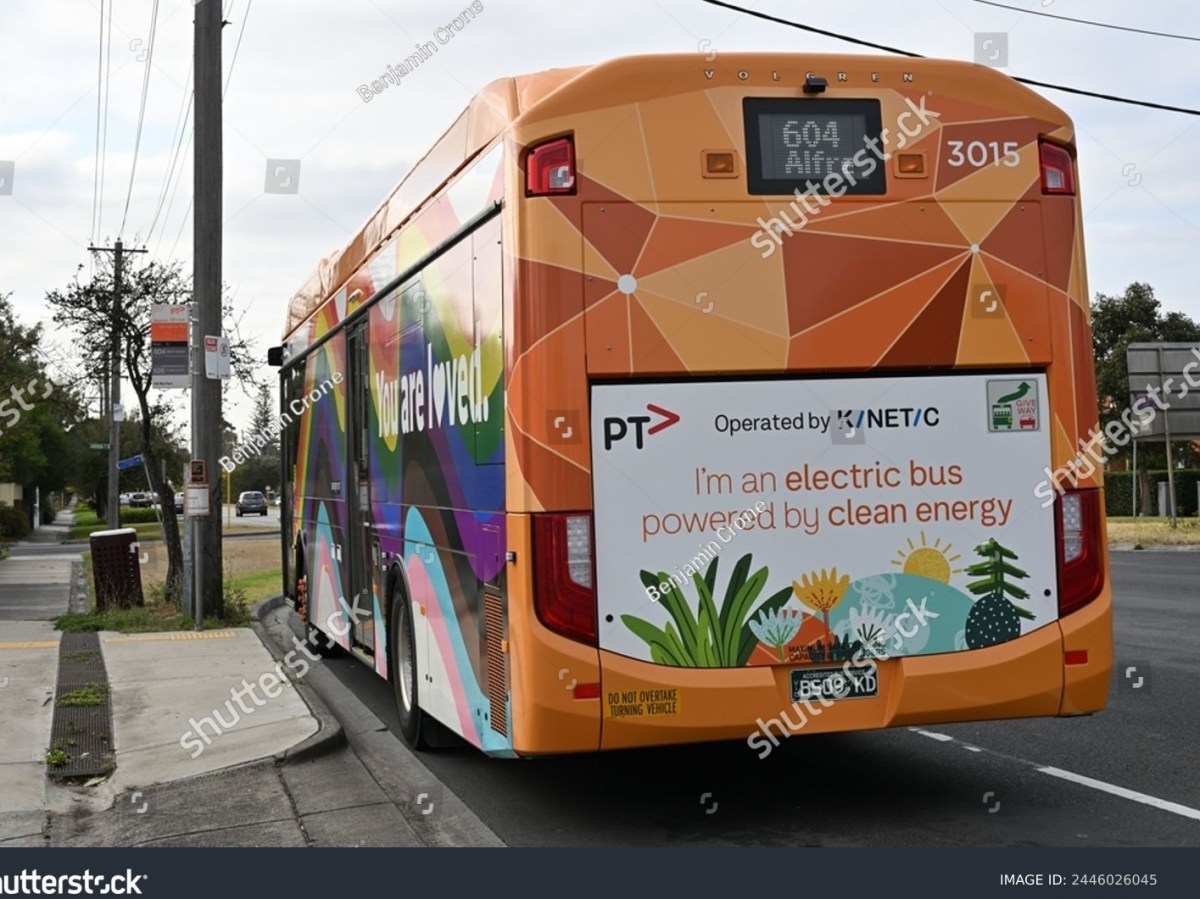Labor is just weeks away from announcing its 2035 emissions target, which will outline high-level policies to decarbonise individual sectors of the economy on the path to net-zero by 2050.
The government is expected to release this target within the month, and the pressure is mounting: Independents, along with business and environmental groups, are advocating for stronger targets, arguing that bolder targets will deliver both environmental and economic benefits.
Cabinet is yet to receive formal advice from the Climate Change Authority (CCA), chaired by former NSW Liberal treasurer Matt Kean. A final decision is expected before Anthony Albanese attends the UN General Assembly in New York late this month.
Business and environment push for 75%
The Australian Conservation Foundation, the Climate Council and leading corporations are among those calling for a target of at least 75%.
The “Business for 75%” group, a coalition of over 350 businesses which includes Fortescue, Atlassian, Canva, Ikea, Future Group and Unilever, are calling for a 2035 target of at least 75% below 2005 levels.
They argue that a 75% reduction target could boost national GDP by $370 billion by 2035, compared with current projections, with the benefits far outweighing a 65% goal.
Separately, the research thinktank Climate Analytics suggests Australia should set a reduction target of about 81%, within a range of 76% to 89%, to align with the Paris Agreement goal of attempting to limit global heating since pre-industrial times to 1.5C.
Australia’s ticket into the prosperity of the future
Christiana Figueres, former UN climate chief and architect of the 2015 Paris Agreement, has urged Australia to set an emissions reduction target of at least 75% by 2035.
Figueres argued that such ambition would not be a burden but “Australia’s ticket into the prosperity of the future.” She also suggested that an ambitious target would strengthen Australia’s case to host COP31, the major UN climate summit slated for Adelaide in November 2026.
Labor’s balancing act
Yet some within government circles caution against moving too far, too fast. Senior Labor climate adviser, Frank Jotzo, warned that targets in the high 70s or 80s would require “deep and politically contentious cuts in agriculture, transport and resources” and could face major roadblocks to implementation.
“I think decision makers will find it very difficult to imagine a scenario where a 70% emissions reduction target can be achieved by 2035,” Jotzo said. “The more ambitious the target, the more vulnerable it is to being dismissed and not even worth trying for.”
Australia’s current standing
Today, Australia’s carbon emissions are just over 28% below 2005 levels, with Labor already committed to a 43% reduction by 2030 as part of its Paris Agreement obligations.
But the progress so far is uneven. A large share of reductions have come from land use changes such as reforestation and carbon farming. Excluding these, gross emissions are down only 2% since 2005. Under existing policies, they would reach just 33% by 2035, according to Climate Analytics.
What target will Labor choose?
Labor is believed to be weighing a 2035 target, or range, of between 65% and 75%, based on preliminary scenarios proposed by the Climate Change Authority during its industry consultation in 2024.
A decision is expected imminently. That choice will set the course not just for Australia’s domestic decarbonisation, but also for its international reputation and role in shaping the global climate agenda.
Join the OnImpact mailing list to receive the latest impact investment news and updates.

